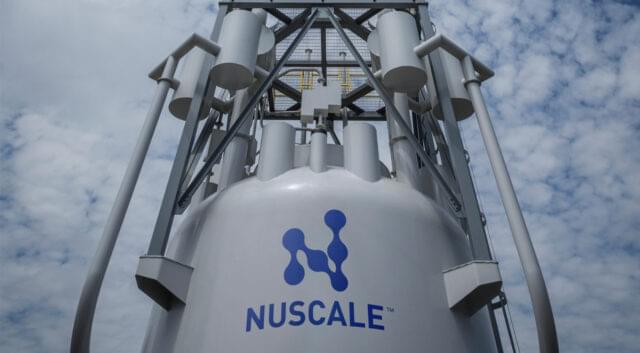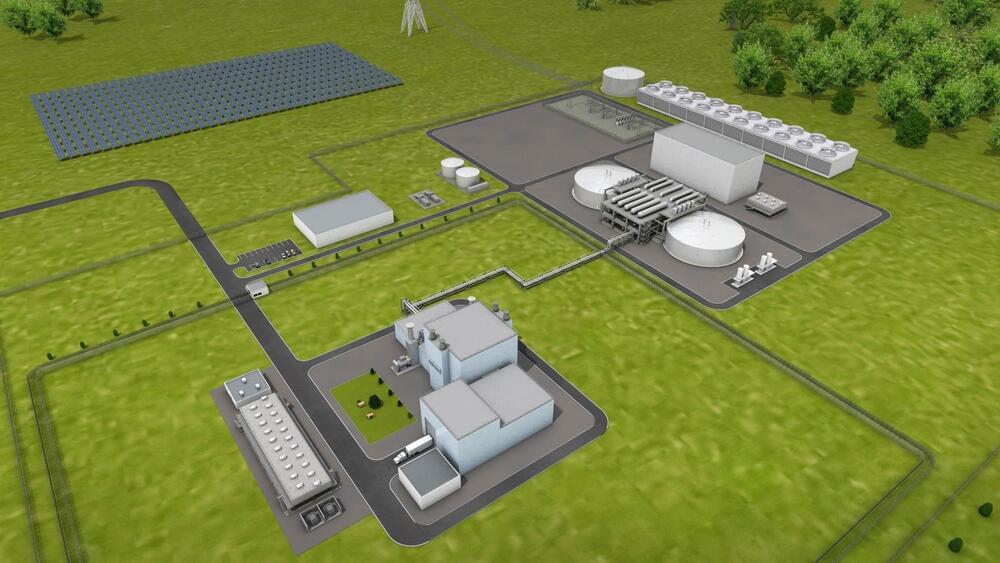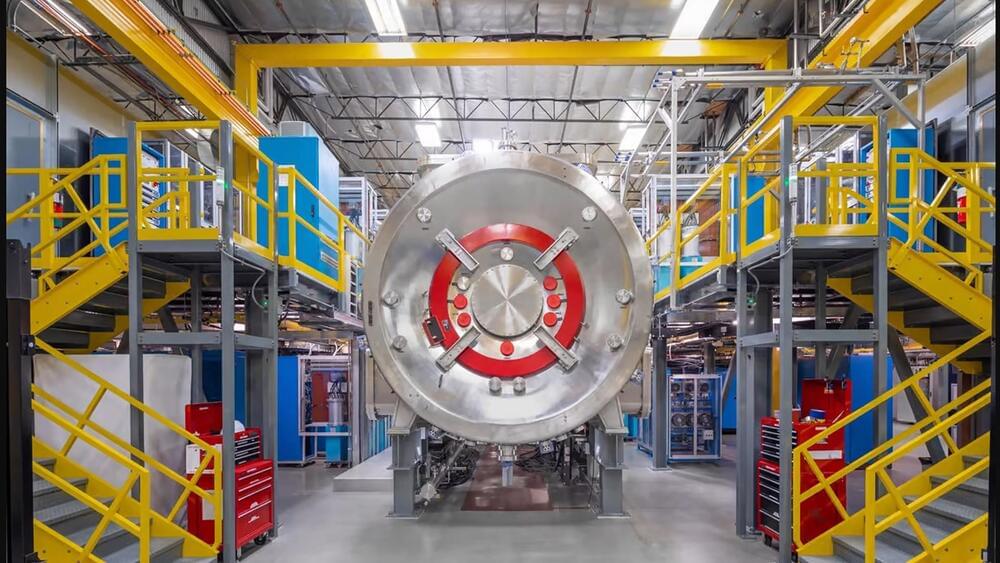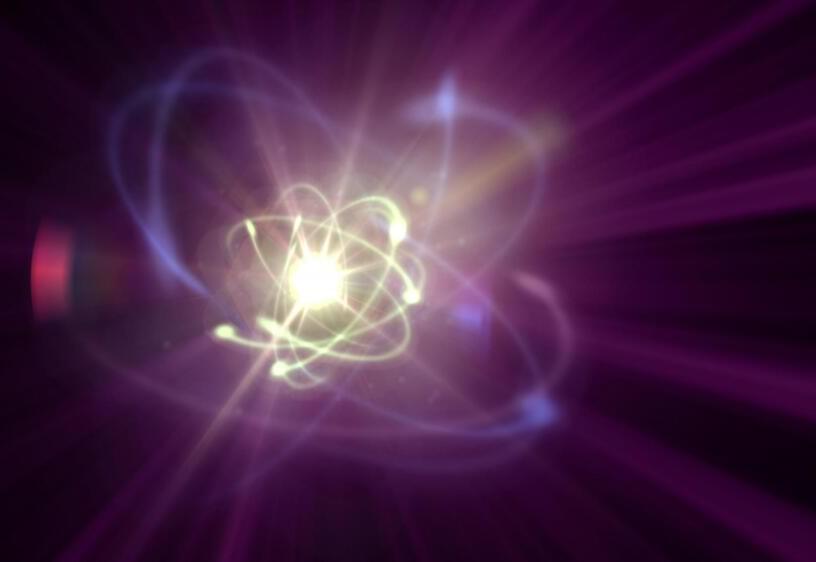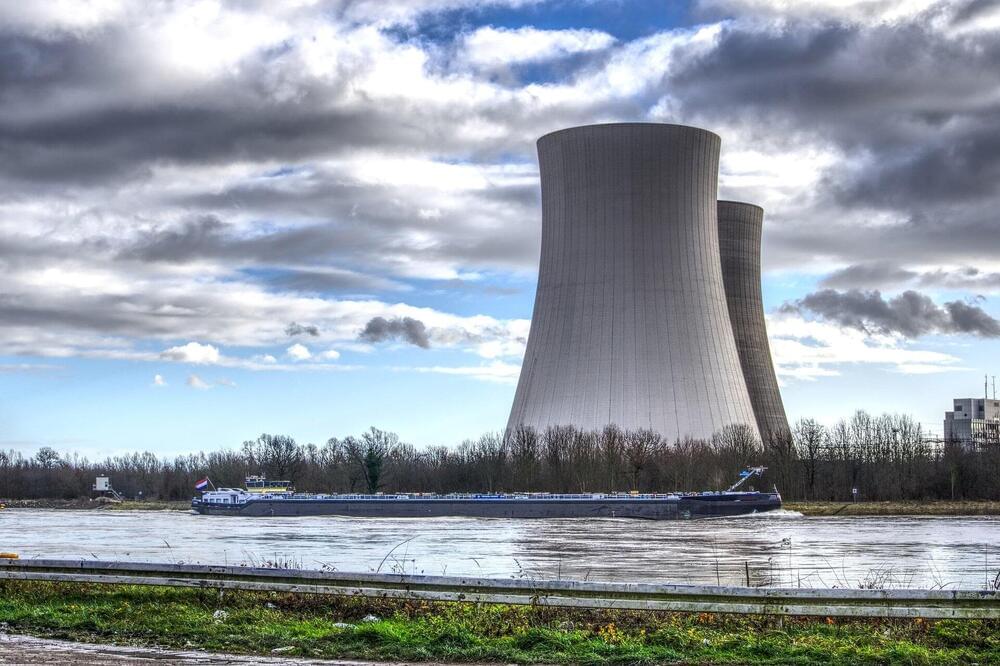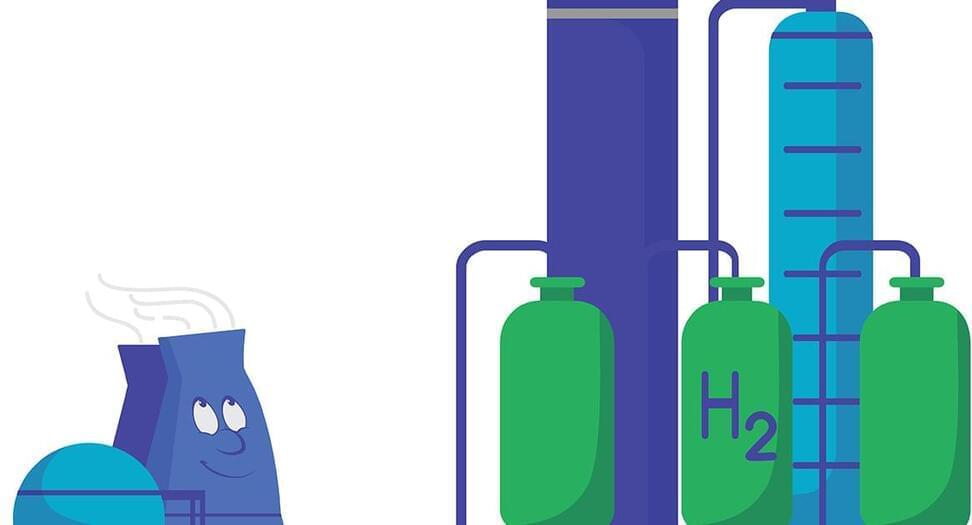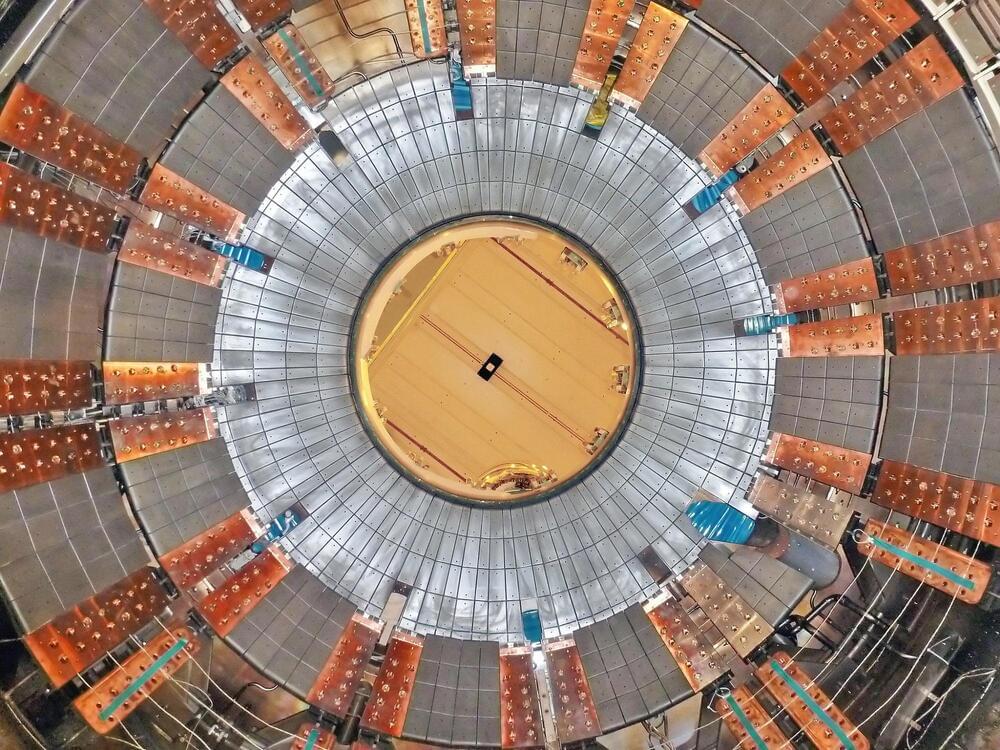Clean energy accounted for more than two-thirds of the new US electrical generating capacity added during the first six months of 2022, according to data recently released by the Federal Energy Regulatory Commission (FERC).
Wind (5,722 megawatts) and solar (3,895 MW) provided 67.01% of the 14,352 MW in utility-scale (that is, greater than 1 MW) capacity that came online during the first half of 2022.
Additional capacity was provided by geothermal (26 MW), hydropower (7 MW), and biomass (2 MW). The balance came from natural gas (4,695 MW) and oil (5 MW). No new capacity was reported for 2022 from either nuclear power or coal.

